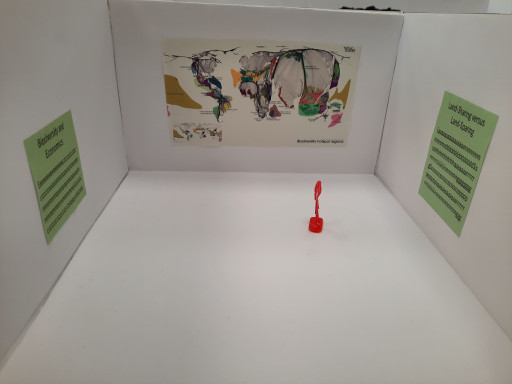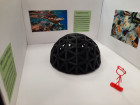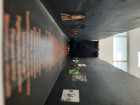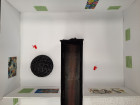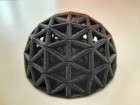Work
#317 Exhibition Model on BiodiversityIn the course of our Masters in Innovation, Human Development and Sustainability, we got to start a self-learning journey on innovative methodologies. I decided to explore ways of transmitting scientific knowledge through immersive experiences and art exhibitions.
In view of the 15th meeting of the Conference of the Parties (COP 15) to the Convention on Biological Diversity, the aim of this exhibition is to bring the complex subject of biological diversity and biodiversity loss to a broader audience.
Often, scientific findings are published in scientific journals, which the general public has either limited access to or the given information is difficult to comprehend without a background in the field. An immersive exhibition is a way to invite the general public to a learning experience that challenges their perspectives, cultivates critical thinking and social awareness, and invites to take action in the given matter.
Therefore, this two-room exhibition has been developed to invite the visitors to learn about biodiversity through interactive art pieces and experiences that evoke emotions enhancing the learning effect.
As immersive exhibitions are a combination of visual and auditory components as well as conceptual setup and physiological factors, I wanted to include all parts into this exhibition. Splitting the exhibition into two rooms creates a contrast between the positive content of biodiversity and the negative consequences of biodiversity loss. The connecting tunnel aims to intensify the senses through darkness when walking over the Red List of Endangered Species with a sound installation of animal calls and forest whispers that increase to a climax while walking, before abruptly stopping when exiting the tunnel. The visitor then enters the room on biodiversity loss with this new emotion.
Two interactive art pieces are included as well: the biosphere dome on the connectivity of ecosystems and species that invites the visitor to play around by connecting different nodes with threads, and the giant fishing net, which the visitor walks into to learn about overfishing.
By Xenia Harder
SwitzerlandLinked to Project
 2
2Discussion

No discussion to show

